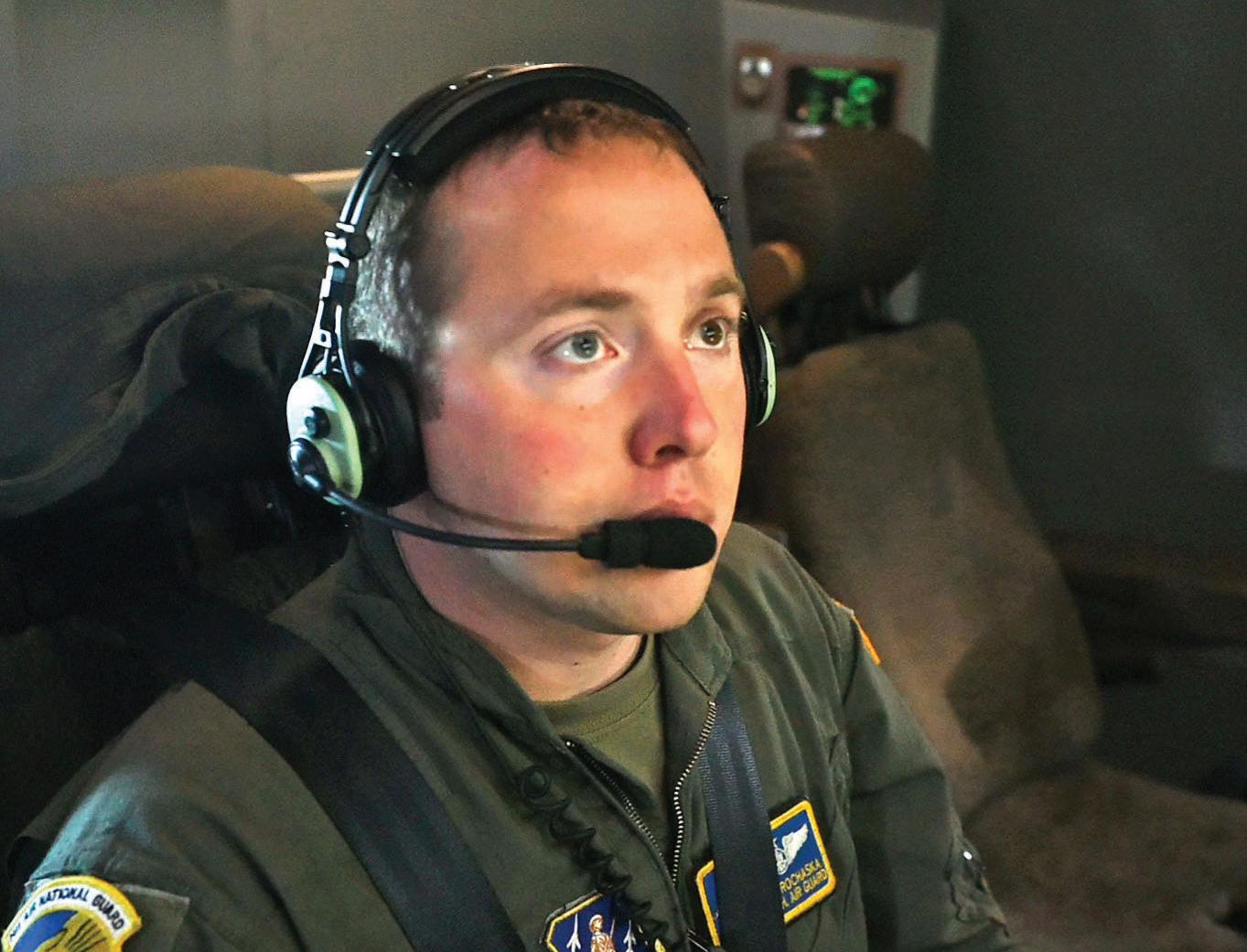
3 minute read
PEASE REFUELS BLUE ANGELS FOR ARMY-NAVY GAME FLYOVER
from More Work To Be Done
by Dave Horn
A Pease aircrew performed their first-ever KC-46A aerial refueling of the Blue Angels on Dec. 12 in support of their flyover for the annual Army-Navy football game at West Point.
Advertisement
“It’s not a mission that comes up very often,” said Tech. Sgt. Keith Prochaska, a boom operator with the 133rd Air Refueling Squadron.
The Pegasus and another from McConnell Air Force Base, Kansas, escorted and refueled the seven U.S. Navy F/A-18 Super Hornets from Georgia to New York.
The mission demanded a massive offload of fuel. Though two tankers were tasked, the 133rd planned to fly solo, if necessary.
“We took it upon ourselves to max-load our airplane,” Prochaska said. “Our airplane by itself can give 130,000 pounds of gas. So we can accommodate all seven Blue Angles for both air refuelings. So if McConnell’s airplane breaks, we can basically do the mission without them.”
The decision meant pushing the Pegasus to its limits.
“This new aircraft gives us greater range, greater capabilities and is going to change the way the Air Force flies,” said Capt. John Richman, one of four pilots on board. “We took off at our max gross weight of 415,000 pounds, which was one of the few times the KC-46 has done this operationally.”
The tanker, call sign “Pack 91,” ultimately rendezvoused with McConnell’s “Medusa” as planned and took turns refueling the blue and yellow fighters in reserved airspace at about 25,000 feet.
“Think of it like a highway in the sky reserved just for us,” Prochaska explained. “There’s no commercial airline traffic coming through us. There’s no other military assets coming through. It’s a time and airspace that’s reserved just for our air refueling operations. And we booked that like you would book track time at a racetrack. It’s ours. Nobody else can use it.”
Prochaska marveled over the advances in refueling since the 1950s-era KC-135 Stratotanker, the KC-46’s predecessor. He used to lie in the prone position to operate manual, line-of-sight controls through an opening at the plane’s tail. By contrast, he refueled each Blue Angel while seated remotely near the cockpit with video game-like 3D touchscreen controls.
“The technological leap is insane,” Prochaska said. “It’s like getting in a classic car, then getting in a brand new vehicle.”
Between refuelings, the aircrew crowded in front of pie platesized windows and snapped cellphone pictures of the Super Hornets as they cruised closely to the tips of the tanker’s wings. “It’s pretty exciting,” Prochaska said.
The Navy’s Blue Angels are one of the oldest aerobatic units in the world and perform across the country before millions of spectators. Their mission aims to inspire “… a culture of excellence and service to country through flight demonstrations and community outreach.” But their Pease-assisted flyover at Michie Stadium couldn’t prevent a less-than-inspiring 15 – 0 Navy loss to perennial gridiron foe, Army.
The game’s outcome didn’t detract from yet another trailblazing effort as Pease implements its new weapons system.
“We got them there and back,” Prochaska said. “There’s a lot of firsts with this aircraft. It’s a feather in the cap.”
Tech. Sgt. Keith Prochaska, a boom operator with the 157th Air Refueling Wing, NHANG, works the controls of a refueling drogue aboard a KC-46A Pegasus during a refueling of Blue Angels F/A-18 Super Hornets.
Photo By Staff Sgt. Charles Johnston, NHNG Deputy State PAO.
A KC-46A tanker from the 157th Air Refueling Wing, Pease ANG Base, N.H. and one from McConnell AFB, Kan. escort Blue Angels F/A-18 Super Hornets on Dec. 12 from Georgia to West Point, N.Y.
Photo by Petty Officer 2nd Class Christopher Gordon, Blue Angels PA.
Two F/A-18 Super Hornets of the U.S. Navy's Blue Angels flight demonstration squadron fly alongside a Pease KC46A Pegasus refueler Dec. 12 in Georgia airspace. The Pease aircrew teamed with another KC-46A and crew from McConnell AFB, Kan.

Photo by Staff Sgt. Charles Johnston, NHNG Deputy State PAO.











